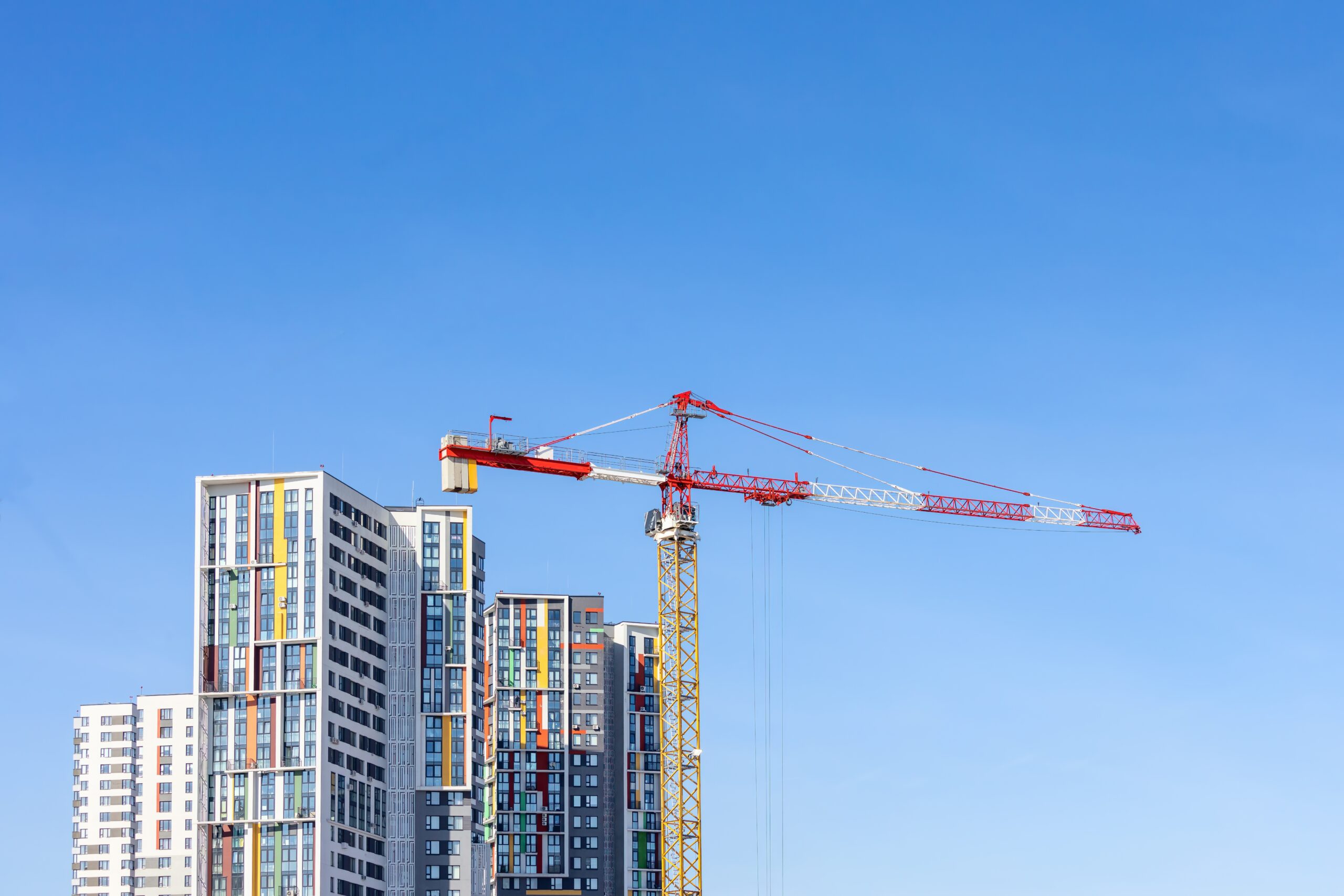
The government says developers are to be held to account after the new Levelling-Up and Regeneration Bill received Royal Assent.
The new laws also aim at speeding up the planning system, cutting bureaucracy and encouraging more councils to put in place plans to enable the building of new homes.
According to the government, the act will ensure new development is built more beautifully, produces more local infrastructure – like GP surgeries, schools and transport links – is shaped by local people’s democratic wishes, enhances the environment and creates neighbourhoods where people want to live and work.
Michael Gove, Secretary of State for Levelling Up, Housing and Communities, said: “Our landmark Levelling-Up and Regeneration Act will deliver more homes for communities across the country and unleash levelling up in left-behind places.
“It will deliver revitalised high streets and town centres. A faster and less bureaucratic planning system with developers held to account. More beautiful homes built alongside GP surgeries, schools and transport links, and environmental enhancement. Communities taking back control of their future with new powers to shape their local area. And our long-term levelling up missions enshrined in law.
“This act delivers on the people’s priorities, creating new jobs, new opportunities and a brighter future for the UK.”
The government believes the new laws will transform town centres by giving councils the powers to work directly with landlords to bring empty buildings back into use by local businesses and community groups.
And after a temporary relaxation of rules on outdoor seating for cafes, pubs and restaurants during the pandemic, the act will officially make it permanent part of the high street.
The government says the measures in the Levelling-Up and Regeneration Act will:
- Put local people at the heart of development – making it easier to put local plans in place and requiring design codes that set out where homes will be built and how they will look. These plans will deliver more homes in a way that works for communities
- Boost local services – requiring developers to deliver vital infrastructure. This will put an end to lifeless edge-of-town developments with no community assets and ensure developers deliver the schools, doctors surgeries and public services communities need and expect. Further details on these measures will be set out shortly
- Rebalance the housing and land markets – giving local councils the power to increase council tax on empty homes and reforming compensation for compulsory purchase orders by removing ‘hope value’ where justified
- Encourage developers to get building – giving communities updates on the progress of development and giving councils the chance to consider slow build-out rates when approving planning
- Bring high streets back to life – giving councils the powers to work directly with landlords to bring empty buildings back in to use by local businesses and community groups through high street rental auctions. It will also make it faster for local authorities to give hospitality businesses permission to use outdoor seating.





